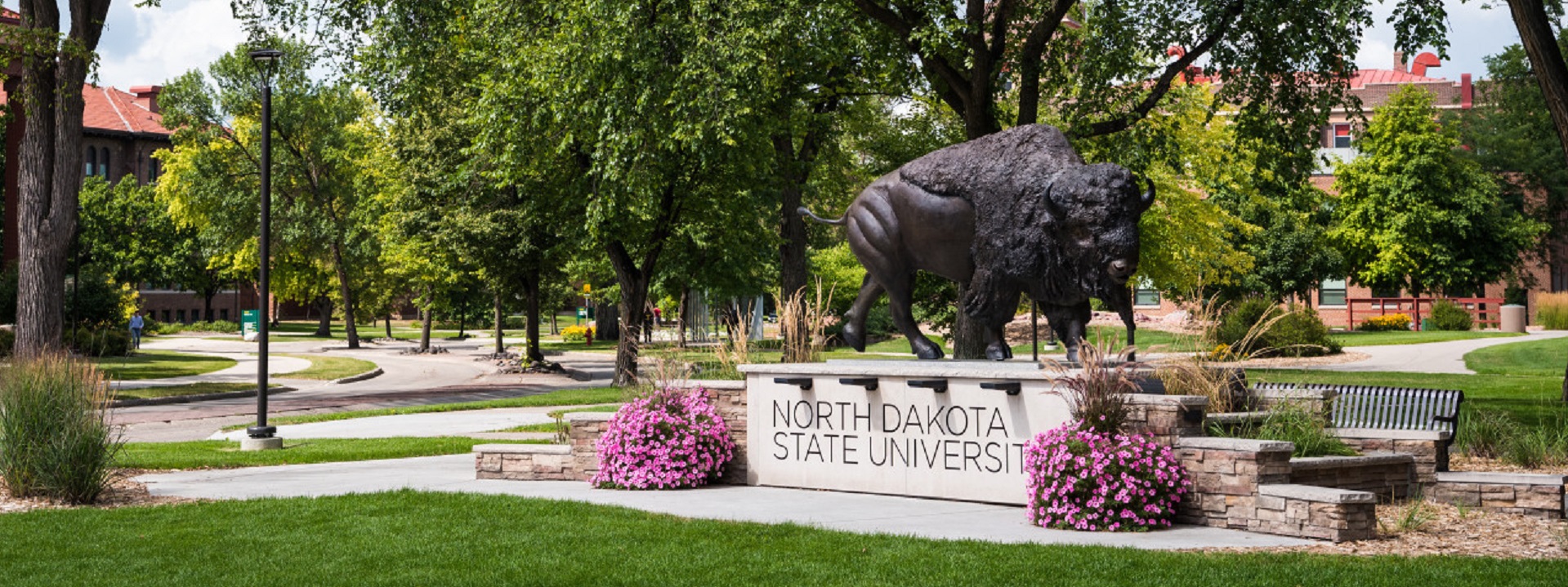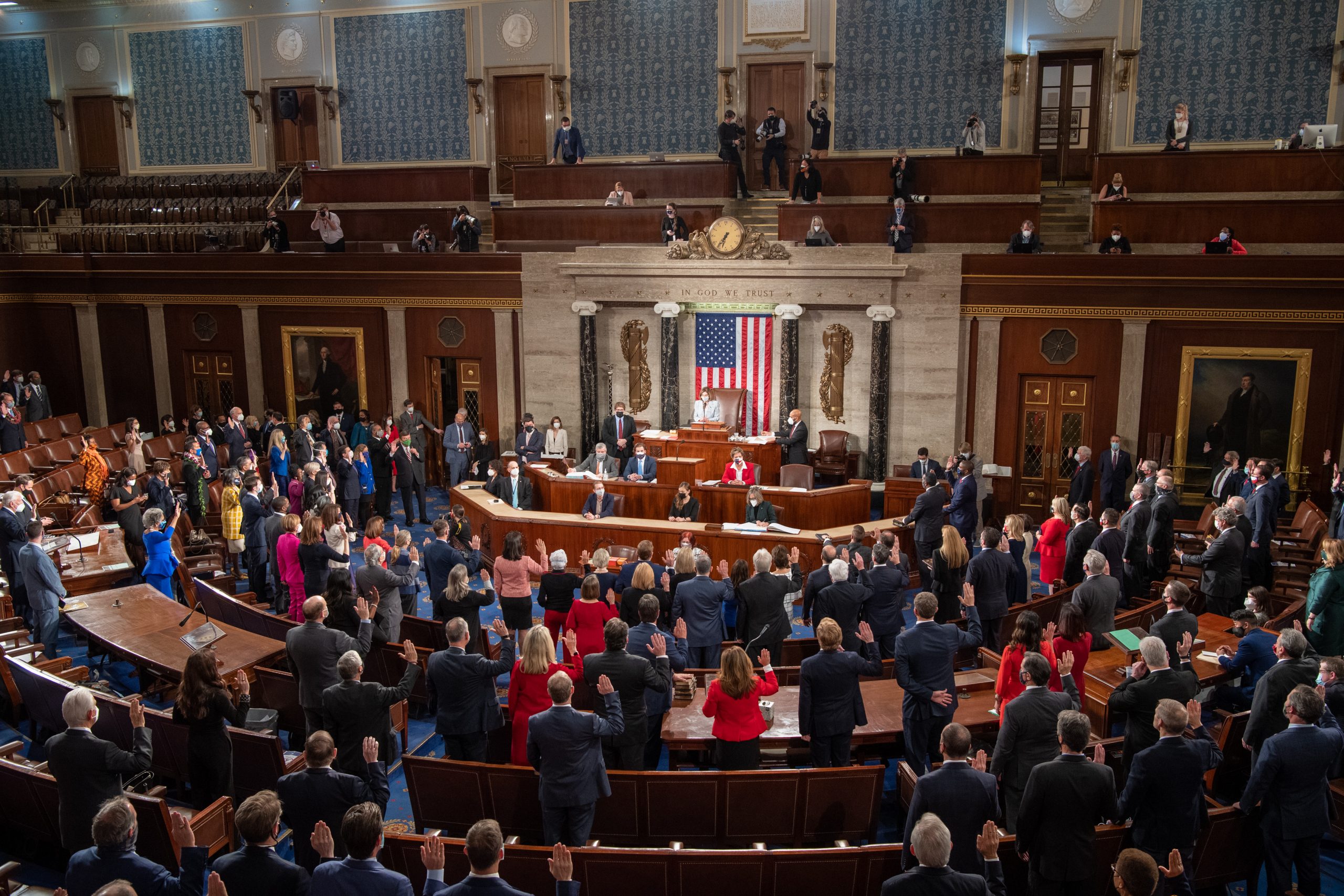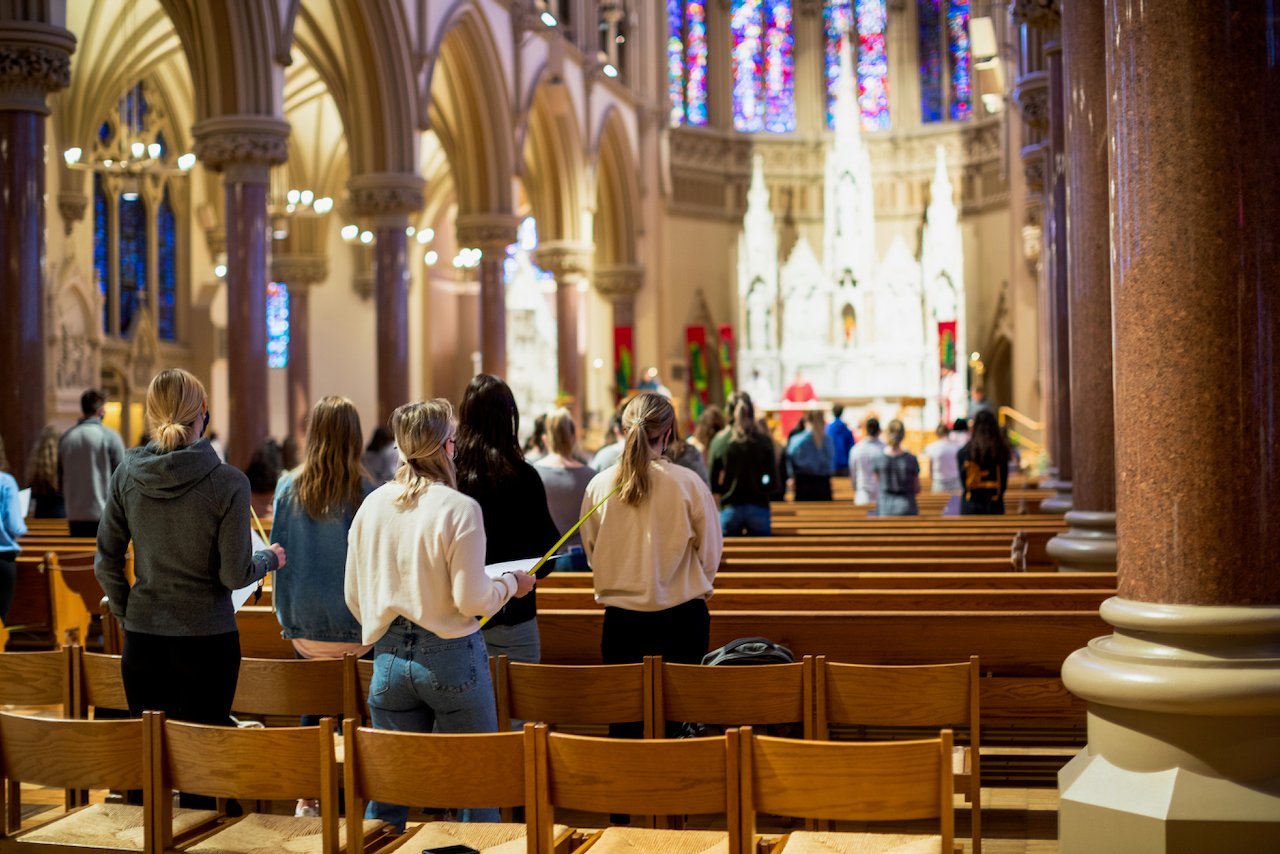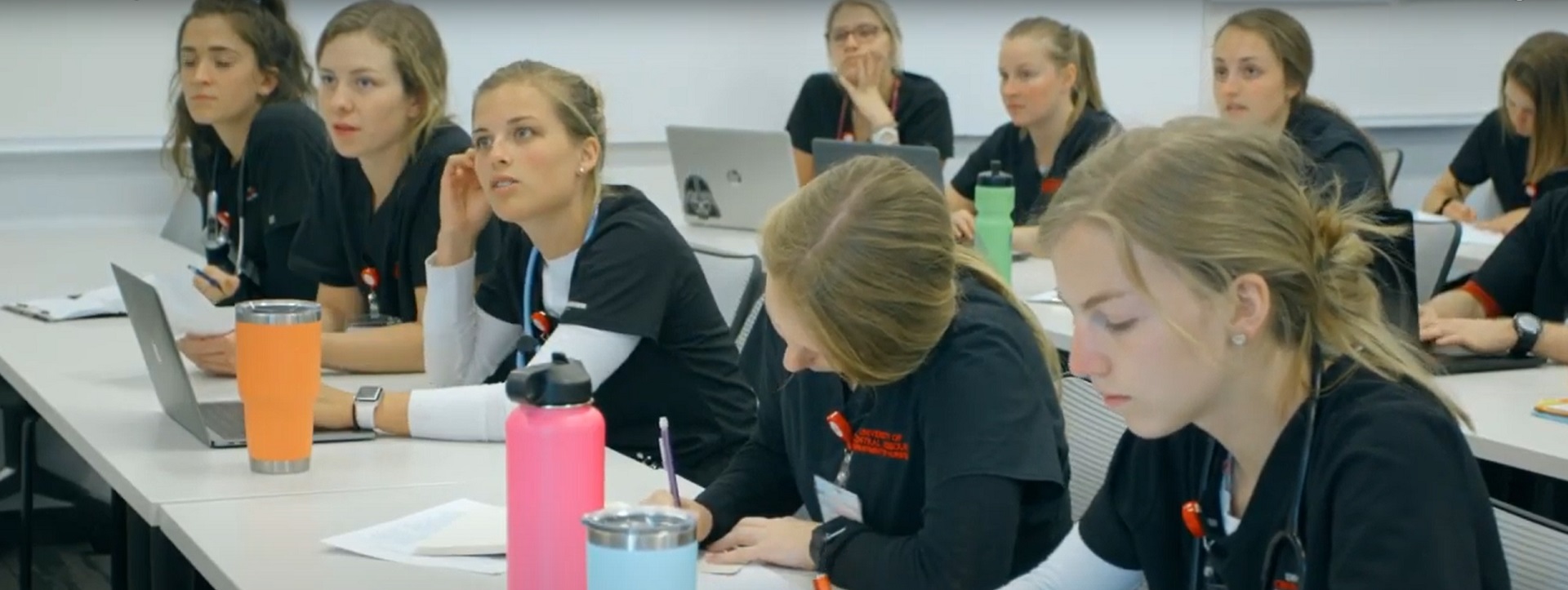Gallery: President’s Residences
- Home Page 291

Military
“The true soldier fights not because he hates what is in front of him,
but because he loves what is behind him.”
— G.K. Chesterton
The United States military academies incorporate by reference nearly all of the codes and standards that provide the templates for safety and sustainability of all other education communities. Where possible today we will examine a few noteworthy exceptions required by the United States Military.
Our approach is necessarily educational because military standards tend to be sensitive and product oriented and are frequently released for public consultation; except when the Department of Defense seeks competitive bids for products, systems or research projects. The bibliography linked below provides the broad contours of the topic.
NIST: Learn How to Find Standards
ASSIST: Database for Military Specifications
Defense Standardization Program
University of Minnesota Duluth: MIL-SPECS
Penn State University: US Government and Military Standards
Use the login credentials at the upper right of our home page to join the colloquium.
Audiovisual Experiences

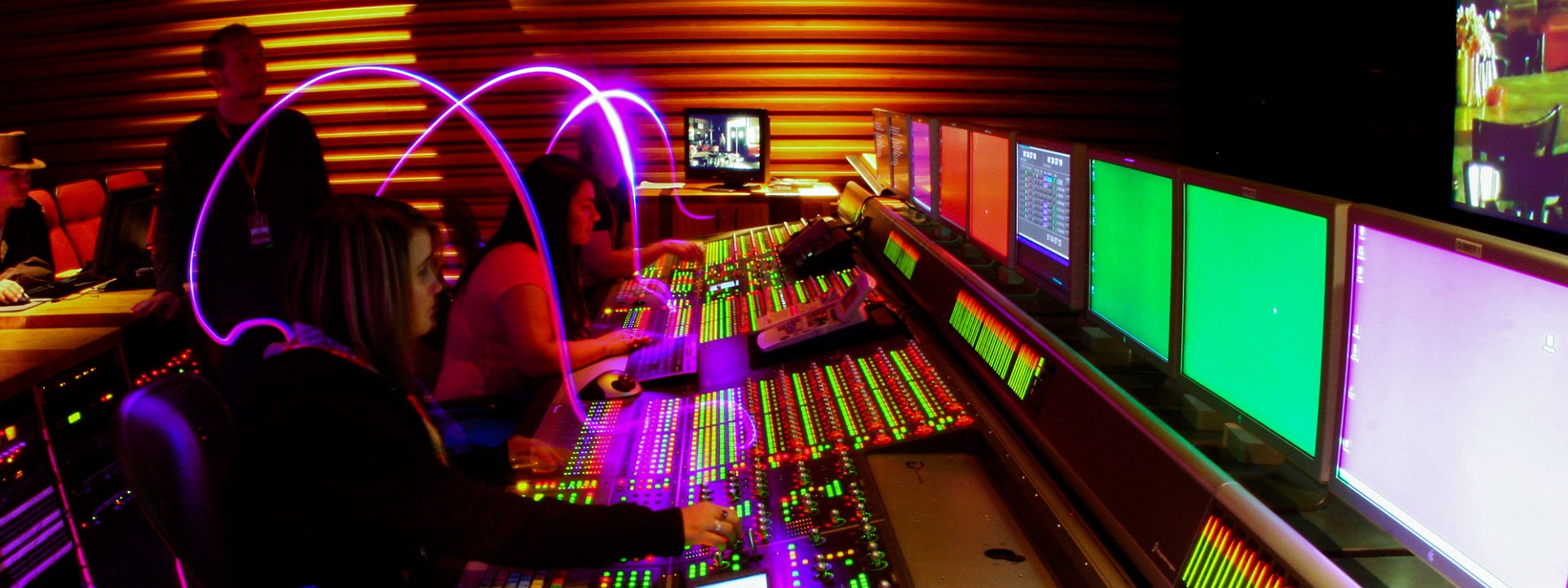


The Audiovisual and Integrated Experience Association is an ANSI-accredited standards setting organization that, since its founding in 1939, has accumulated more than 11,400 enterprise and individual members, including manufacturers, systems integrators, dealers and distributors, consultants, programmers, live events companies, technology managers, content producers, and multimedia professionals from more than 80 countries. It throws off a fairly steady stream of best practice literature every year.
From its mission statement:
AVIXA members create integrated AV experiences that deliver outcomes for end users. AVIXA is a hub for professional collaboration, information, and community, and is the leading resource for AV standards, certification, training, market intelligence, and thought leadership.
From its filing with ANSI:
AVIXA intends to develop standards of the nature of the “performance” of various aspects of audiovisual systems. These fall into the categories of audio, visual, control systems, user interfaces, etc. These standards are specific to systems but not to equipment.
When special event contracts are written that include the statement — “conform to all applicable standards” — AVIXA standards would be understood as setting the quality benchmark for the audio-visual experience. Apart from the local Fire Marshall and Electrical Inspector charged with event safety, there is no organized conformance stakeholder other than the customer (in our case, education communities). In recent years we have seen the emergence of a new cadre of “event inspectors” (which means conference, training and certification revenue for non-profits); a topic we will cover in a separate post.
AVIXA’s standards setting enterprise is solid — conforms to all due process requirements — but struggles mightily for user-interest participation (as do other ANSI accredited standards setting organizations):
AVIXA Standards Public Review Status
Now that pandemic has off-loaded large chunks of the residential “campus experience” to the internet, we need to step up our mindfulness about how A/V experiences support instructional and cultural needs of education communities. With the respect to the electrotechnical installations themselves:
a) Should they be built and managed as a central resource to an entire school district, college, or university?
b) Should they be built and managed by smaller, individual academic and business units?
c) Something in between.
We hazard a guess that choice (c) is the likely outcome. There are “haves” and “have-nots” in education communities; just as there are in the world at large. The more we demand of these enterprises, the more they will cost.
We maintain the AVIXA suite on our Lively Arts colloquia. See our CALENDAR for the next online meeting; open to everyone.
Issue: [18-349]
Category: Lively Arts, Electrical, ICT
Colleagues: Mike Anthony, Jim Harvey, Mark Scott
Standards North Dakota

Mató Tópe, Häuptling der Mandan (aka: Ma-to-toh-pe or “Four Bears” [1784-1837]second Chief of the Mandan tribe in North Dakota) (1833) By: Johann Karl Bodmer (1809-1893) Swiss Artist Watercolor on paper by Karl Bodmer from his travel to the United States of America [1832-1834] Bodmer accompanied the German explorer Prince Alexander Maximilian zu Wied-Neuwied, Baron von Braunsberg [1782 -1867]) from 1832 through 1834 on his Missouri river expedition
Standards Michigan remains the “free” home site but state-specific sites such as Standards North Dakota will be accessible to user-interest code-writers and vote-getters. Please send bella@standardsmichigan.com a request to join one of our mailing lists appropriate to your interest for #SmartCampus standards action in the State of North Dakota.
More
US Census Bureau American Community Interactive Data Map
US Congressional Districts Map
Teacher & Licensing Requirements by State
Food
Finance
Electronic Municipal Market Access | North Dakota
North Dakota State University Housing & Auxiliary Revenue Refunding Bonds
Safety
Energy
State Energy Profile Interactive Map
North Dakota Public Service Commission
Information & Communication Technology
College radio stations in North Dakota
North Dakota Interoperability Executive Committee
Arts
Gallery: Greenwashing
This content is accessible to paid subscribers. To view it please enter your password below or send mike@standardsmichigan.com a request for subscription details.
Standards Missouri
We continue roll out of our collaboration platform for “code writers and vote-getters” begun at the University of Michigan in 1993. We are now drilling down into state and local adaptations of nationally developed codes and standards that are incorporated by reference into public safety and sustainability legislation.
Standards Michigan remains the “free” home site but state-specific sites such as Standards Missouri will be accessible to clients. Please send bella@standardsmichigan.com a request to join one of our mailing lists appropriate to your interest for #SmartCampus standards action in the great State of Missouri.


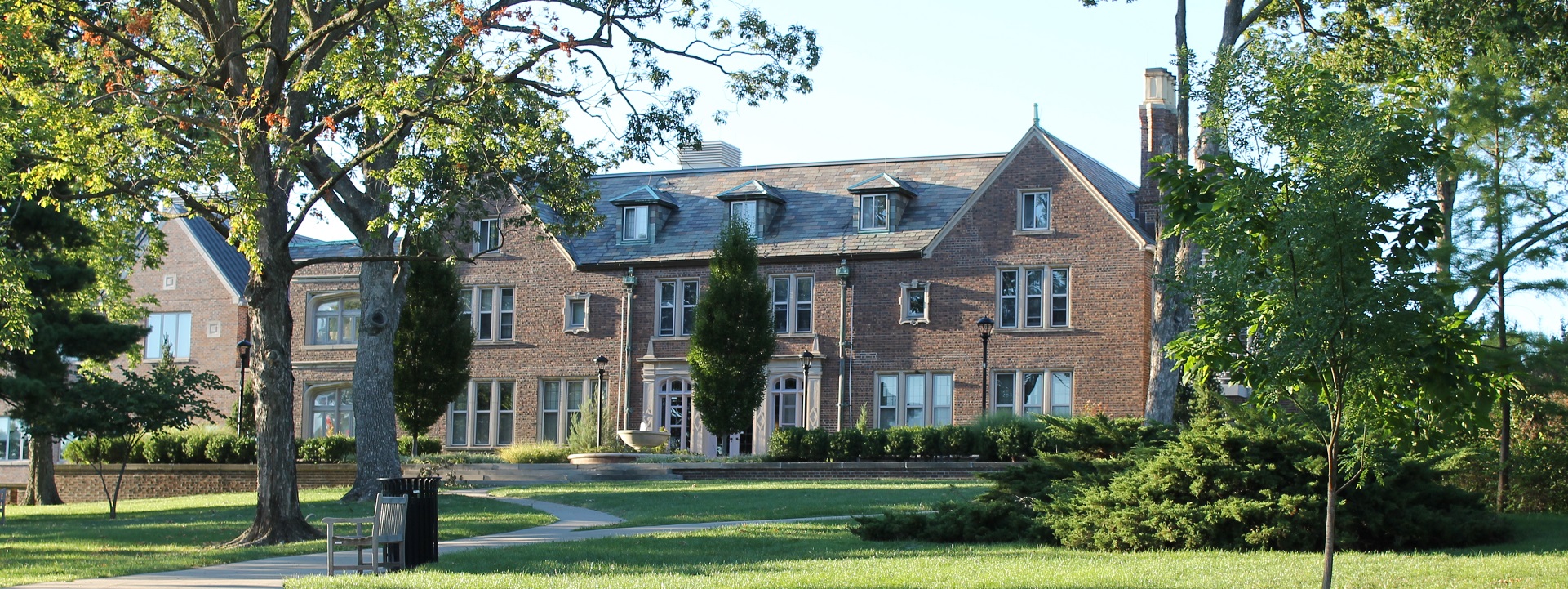
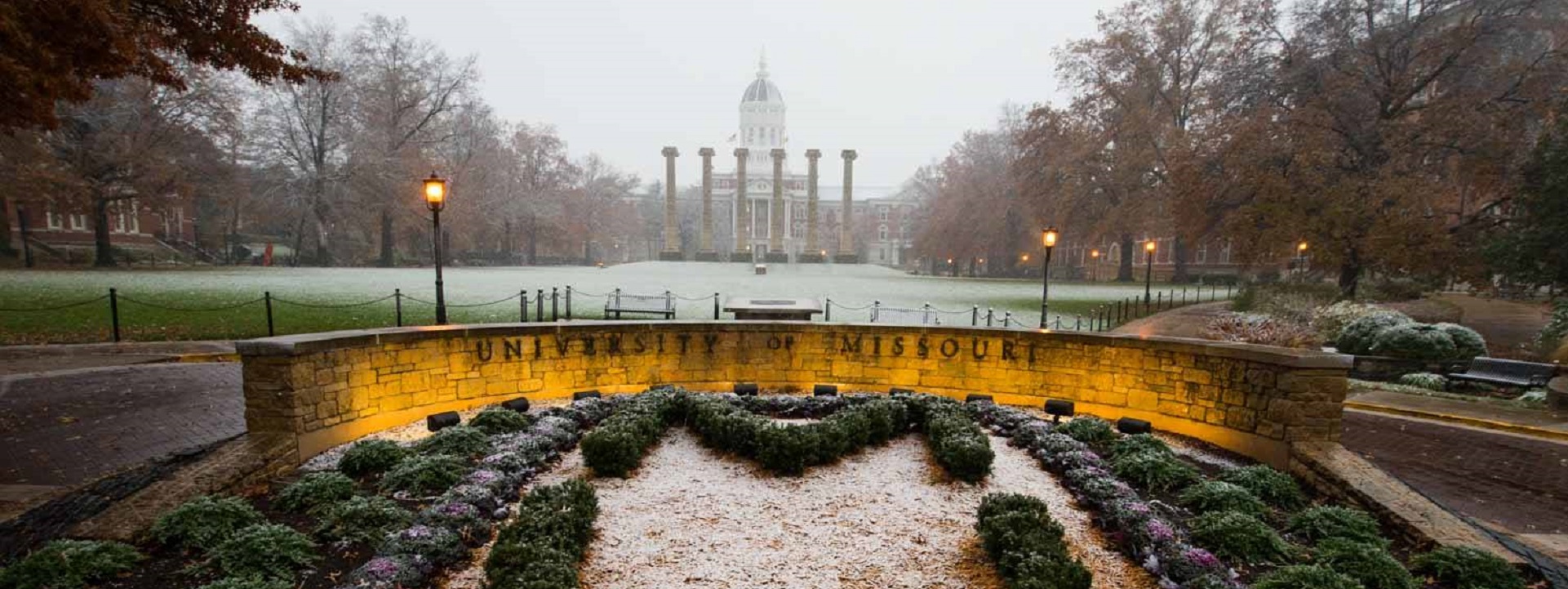
News (23 August 2022)
Hillcrest High School wrapping up big construction projects
Missouri State University Current Project Update
After 100 years, Springfield’s Jarrett Middle School preps for mid-year transition to new building
More
US Census Bureau American Community Interactive Data Map
US Congressional Districts Map
Teacher & Licensing Requirements by State
College Town Counties (Statement on College Student Double-Voting)
Boone County (University of Missouri)
St.Louis County (Washington University)
Adair County (Truman State University)
Food
Fruits and Vegetables Harvest Calendar
Finance
Missouri Protects Investors: Be Wary of Bond Ratings
Electronic Municipal Market Access | Missouri
Missouri University of Missouri System Facilities Revenue
Missouri Greene County School District
Safety
Building Codes and Construction Statutes in Missouri
Missouri Office of Administration: Facilities Management, Design & Construction
Energy
Missouri Public Service Commission
Missouri Department of Natural Resources: Division of Energy
Missouri River Energy Services v. FERC
Information & Communication
Missouri Public Service Commission Telecommunications Division
College Radio Stations in Missouri
News:
Kansas City Star: “No, school choice would not defund public schools in Missouri”
Arts
The meaning of the word “visit” in Missouri
90 Second Lecture: Was Christopher Columbus a Genius or Was He Just Lucky?
The University of Dayton is a private, Catholic research university in Dayton, Ohio. Founded in 1850 by the Society of Mary, it is one of three Marianist universities in the nation and the second-largest private university in Ohio. The university’s campus is in the city’s southern portion and spans 388 acres on both sides of the Great Miami River. The campus is noted for the Immaculate Conception Chapel and the University of Dayton Arena.
New update alert! The 2022 update to the Trademark Assignment Dataset is now available online. Find 1.29 million trademark assignments, involving 2.28 million unique trademark properties issued by the USPTO between March 1952 and January 2023: https://t.co/njrDAbSpwB pic.twitter.com/GkAXrHoQ9T
— USPTO (@uspto) July 13, 2023
Standards Michigan Group, LLC
2723 South State Street | Suite 150
Ann Arbor, MI 48104 USA
888-746-3670













